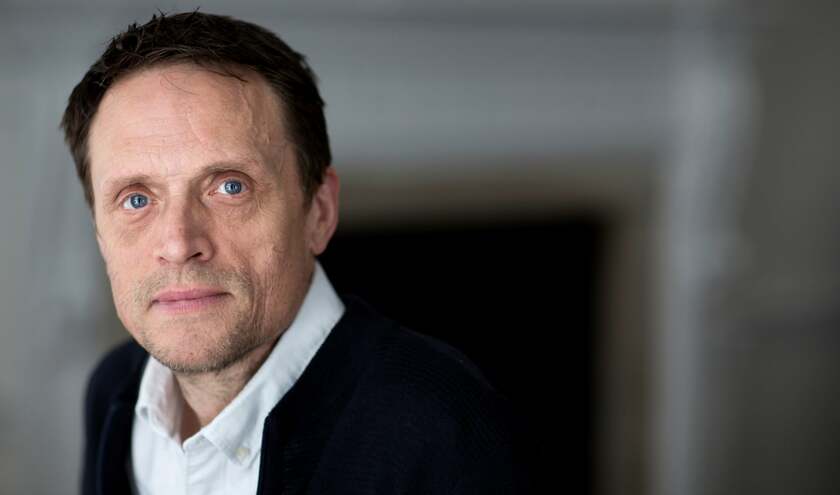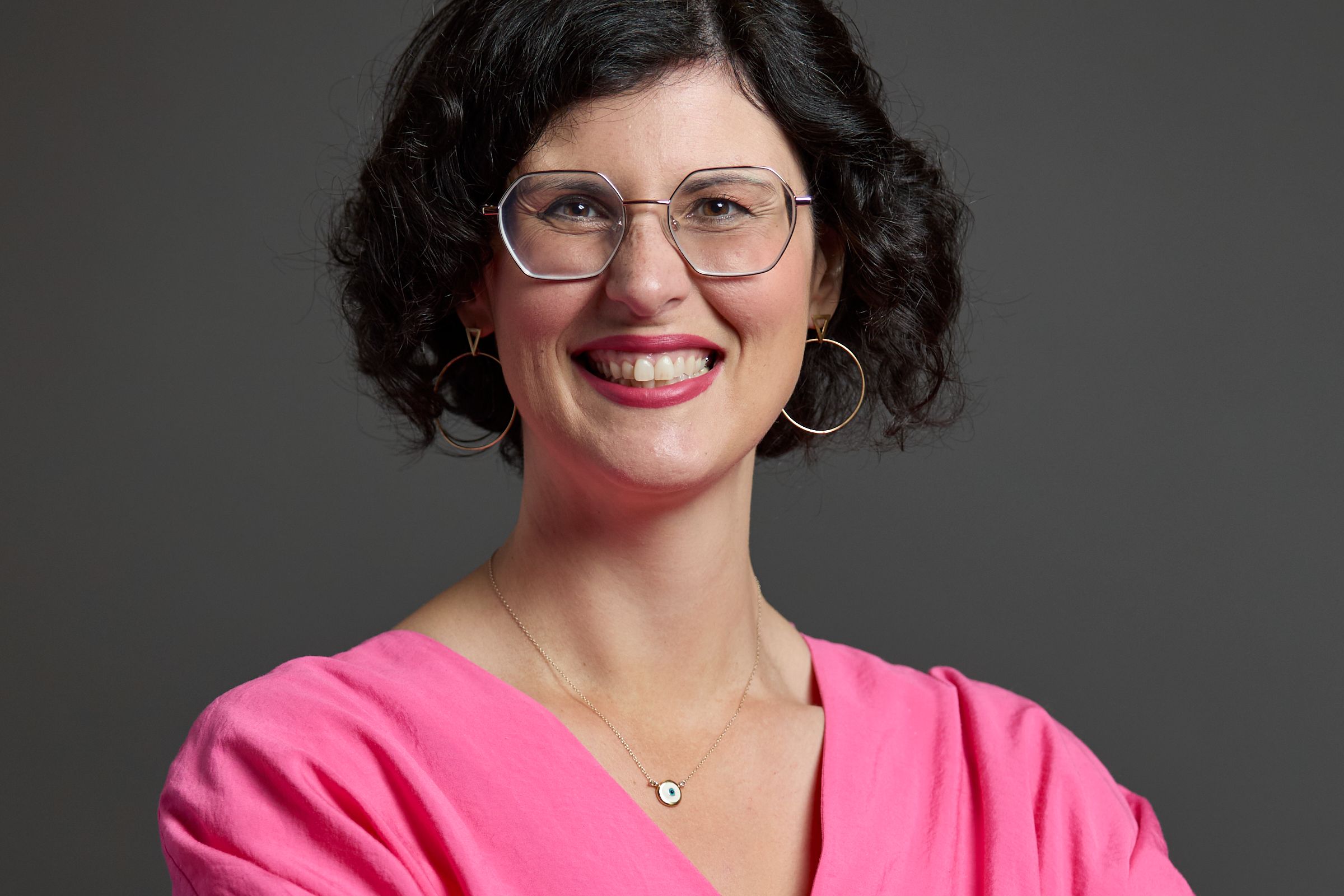Tough on crime, tough on the causes of crime,' a phrase coined at Labour's 1993 party conference by then-shadow home secretary Tony Blair, is a perfect piece of political communication. It overcomes a dichotomy between those who see the problem of crime as being detection and punishment and those who focus on rehabilitation and what leads people to be criminals. Unlike much political rhetoric, it says something of substance – both punishment and prevention matter and policy should tackle both.
If there was an equivalent phrase for the NHS it might be ‘tough on meeting demand, tough on reducing demand'. It is surely possible to do both. But more and more now rests on the 10-Year Plan and yet it would seem population health is once again getting marginalised.
A clear example of where this shift in strategy would be welcome – something that impacts just about every part of the service and every citizen, yet which remains at the margins of policy – is dentistry.
On a recent visit to the impressive dental CIC at Suffolk University funded by Suffolk and North East Essex ICB, I saw first-hand how dental therapists and hygienists are being trained to provide dental services to local people. The visit inspired a policy idea.
Access to dentistry is a crisis with far-reaching consequences for individuals, communities and the wider healthcare system. Moreover, public satisfaction with NHS dentistry has fallen to a record low, from 60% in 2019 to 20% in 2024.
Years of underfunding, workforce shortages and a flawed contractual model have left millions without access to even the most basic dental services. Inevitably, areas of high deprivation and people with complex needs are disproportionately affected.
Over 68,000 people, including nearly 20,000 children aged 5-9, were admitted to hospital due to tooth decay in 2023/24. Poor oral health is a contributor to wider health issues, including diabetes, cardiovascular disease and complications during pregnancy. In some cases, individuals are unable to undergo vital elective procedures or treatments because their untreated dental issues pose a risk of
infection.
The interaction of poor oral health, lack of dental investment and the nature of the contract represent a hard policy problem, especially when resources are very limited. But there is a way forward.
The dental clinical workforce is made up of several groups: dentists, dental technicians, dental therapists, dental hygienists and dental nurses. The least understood are dental therapists. After a 27-month diploma or a three-year degree they are fully qualified and registered with the General Dental Council. Their salary while attractive (equivalent to Agenda for Change Band 6) is less than two-thirds that of NHS dentists.
Crucially, dental therapists can undertake approximately 85% of the dental work done by a dentist. Yet according to the GDC there were nearly 46,000 registered dentists and fewer than 8,000 dental therapists in the UK in April 2025. Suffolk University offers 24 places a year for dental therapists and hygienists and this year had 700 applicants.
An obvious solution is to expand substantially the numbers and activity of dental therapists. If we are to shift to a more preventative model of care delivered close to where people live, good oral health education and the involvement of the dental profession is critical.
A new neighbourhood-based model offers a solution, enabling primary care professionals to work in a much more integrated way. This would support proactive, risk-based care that meets individual needs and maximises the capacity and capability of the workforce. Relationships are critical to this kind of health creation, as our report published last week sets out.
Starting in the most deprived neighbourhoods or worst ‘dental deserts', integrated neighbourhood teams should include, as ARRS roles, dental therapists and nurses. Dental therapists could undertake check-ups, treatment and referrals, while dental nurses would lead individual and community oral health education efforts.
The work the therapists cannot do can be referred to a dentist. In addition, if dental therapists could do their placements with NHS-based therapists in neighbourhood teams, a major workforce barrier would be removed.
Through our Primary Care Network, we have opened our membership up to dental providers, bringing them into our work on neighbourhood health and care closer to home so that we can explore the opportunities to both expand dental capacity and use that capacity to support more proactive and personalised care in the community.
Given the public's concern about access and the constraints on public funding there is surely a very strong case for reform. Most of all this could be an example of something we need to see a lot more of in the 10-Year Plan – meeting demand in ways that also help to reduce it.



